BYZANTINE
- Byzantine architecture is preeminently religious with an
emphasis on the interior, being the exteriors very
discreet. - Stone is widely used
- Justinian, Byzantine emperor under whose rule Hagia Sophia was built.
- Hagia Sophia represents the union between the Empire and the Church, a cube topped by a dome (the earth covered by the dome of heaven).
- The central dome is not as large as that of the Pantheon, but it was an artistic and technical achievement.
- Byzantine architecture is the architecture of heaven, full of symbolism.
- Military
- defensive lifestyle is acquired, especially in the peripheries of the empire.
- The dimensions of the cities tend to shrink in order to concentrate resources and defend better.
- Implementation and maintenance of defensive systems, as well as the collection and distribution of water, were of great importance.
PRERROMANESQUE
- 8th century
- churches, monasteries and castles were developed
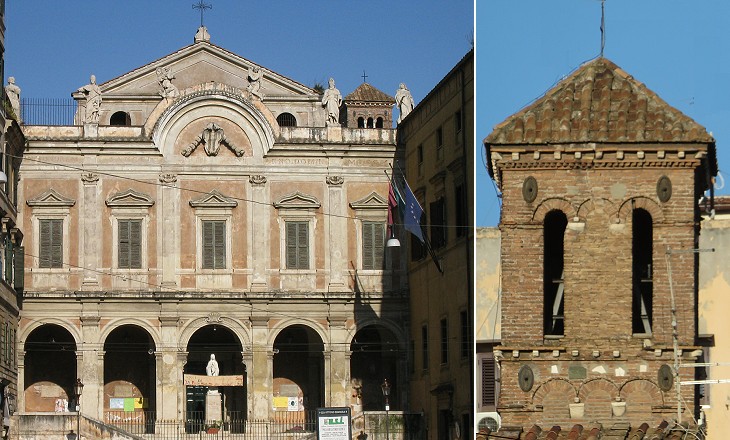
LOMBARDS:
6-8 century
Ideological and conscious use of the plundered elements of Roman buildings
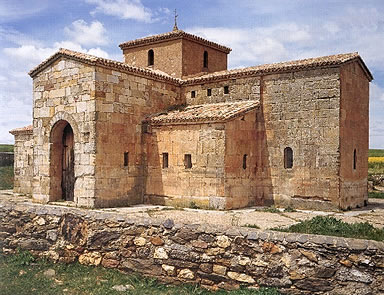
VISIGOTHS
7-8th century
ecclesiastical architecture
takes up the model of the traditional Roman basilica and delineates a central floor typology
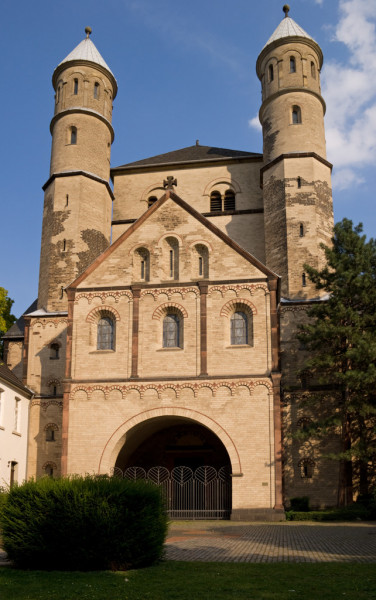
CAROLINGIAN EMPIRE
9th century
desire to reaffirm classical art in order to emulate the Roman Empire
monumental buildings such as palaces, cathedrals and monasteries were built again
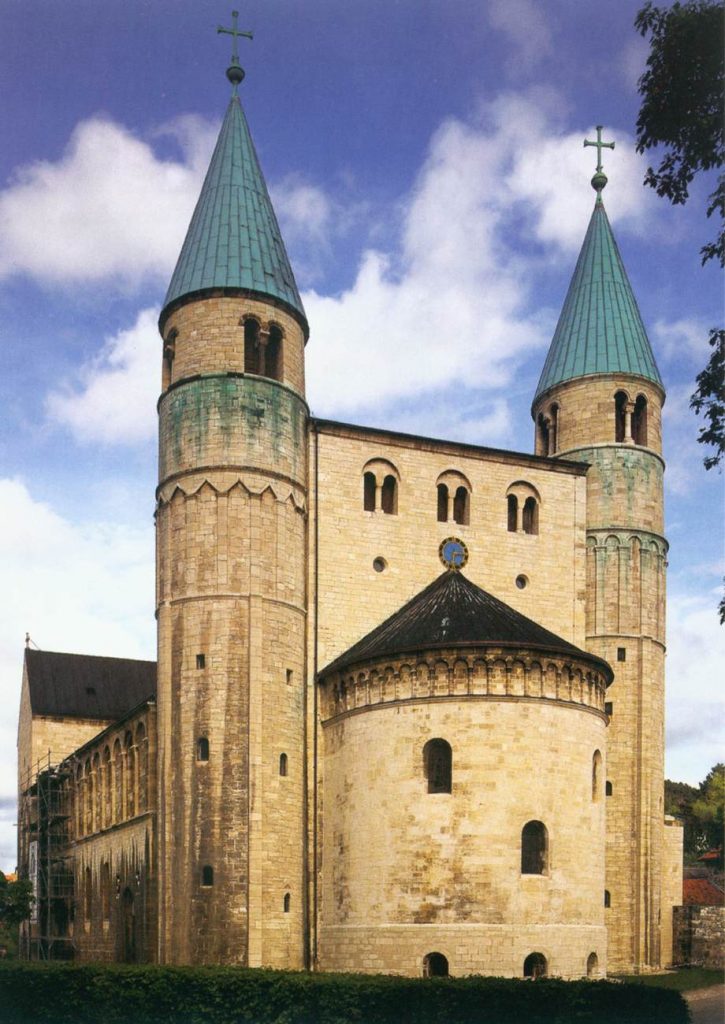
SAXONS
9-10th century
abbeys and cathedrals, inspired by Roman basilicas
use of galleries or tribunes, as well as the alternation of supports (pillars and columns)
ISLAMIC
- 8-15th centuries
- use of towers and water
- new architectural types such as mosques and baths
- ornamentation, geometric motifs
- techniques: ceramics and plasters
ROMANESQUE
- 10-12th century
- Associated with the art of the Normans
- It undertakes a work of education and mass evangelization
- Architecture and art are loaded with symbolism and lose realism which shows in the delicately sculpted capitals
- Semicircular arch and the Roman vaults
- Openings are reduced
- The order of Cluny contributed to the spread of Romanesque architecture among its new foundations. They give a special emphasis on prayer and liturgical offices, to the detriment of manual work.
- Cluny III, became the largest temple in Christendom
GOTHIC
- 12th-15th(16th) Century
- Considered as well as the art of the barbarians (Goths)
- Walls opened and temples became full of light
- Pointed or ogival arch
Cathedrals
They were a great testing ground for architectural experimentation, including a series of improvements such as pointed arches and ribbed vaults. An external shoring system (buttresses) was used. The decorations are usually very fine frescoes directly on the stone or on altarpieces. Sculpture returns once again to naturalistic realism, in order to be more convincing in its educational purpose.
Civil buildings
Town halls, stately palaces, universities, fortresses, bastions, bridges, bell towers, shipyards.
RENAISSANCE
- 15th-16th Century
- exalts the human being and his capacity to dominate Nature
- symmetry and proportion
Mannerism
Maintaining the classical architectural norms and elements, variations or
deviations began to be made.
Filippo Brunelleschi
He rediscovered the laws of perspective by formulating the bases of mathematical perspective and applying it to architecture, constructing space in an intellectual and rational way. Architecture is a mathematical science that operates with spatial units.
Leon Battista Alberti
Aesthetic principles around Beauty and Ornament. Its buildings are full of demonstrative intentions and subtle formal resources oriented to proportion, which is the essence of Architecture.
Andrea Palladio
Palladio writes «I Quattro Libri dell’Architettura», published in Venice (1570), which includes a study of ancient Roman architecture, an analysis of classical orders and the documentation of his own work, private and public. The bulk of his work consists of more than 40 country villas.
Michelangelo
Transition between Renaissance and Mannerism.
BAROQUE
- 17th-18th Century
- Linked to the monarchy, the aristocracy and the Church, it emerged as propaganda and glorification of Power
- effort to obtain the maximum possible effects from the moulded space, the manipulation of light, colour and sensual detail
- It is an artistic expression in which fantasy, mutability, the multiplication of scenographic effects, asymmetry, the use of lights, water and the movement of space intervene.
Gian Lorenzo Bernini
Pursues the emotional impact and is the main model of architectural Baroque in Europe.
Francesco Borromini
His work was always based on simple geometric elements, triangles, circles and ellipses
ROCOCO (19th century)
Frivolity and superficiality of a decorations faithful to themselves
NEOCLASSICISM
- 18th Century – (19th)
- A radical change towards a rational architecture was experienced, in which the dominion of the structural truth over the visual effect was recovered.
- Neoclassicism was the formal expression that reflected in the arts the intellectual principles of the Enlightenment.
Etienne – Louis Boullée and Claude – Nicolas Ledoux were the representatives of this new «talking architecture»: audacious and visionary designs, pure geometric forms and charged with symbolism.
19th CENTURY
- New construction materials provided by industry appeared: cast iron and glass
- In rejection of the new industrial spirit that generated alienation and anguish, a desire to evade reality and a desire for past times spread, giving rise to historicism (Neo-Gothic, Neo-Egyptian, NeoRomanesque…) and exoticism (Neo-Arabic, Neo-Indian, Neochinese…) or a mixture of styles (Eclecticism).
- In the mid-nineteenth century in response to the course of evasion to the subconscious and romantic born a new vision of art more realistic that evidences the conditions of society with crude reality: realism (impressionism and postimpressionism).
20th CENTURY
- Art-Nouveau- Modernism
It is characterized by clean lines, curves and undulating inspired by nature (Organicism) and oriental art, with geometric formal simplification towards two-dimensionality (Geometric trend). In spite of the rupture with the past, the formal expression is nourished by Japanism and romantic symbolism; as well as the handcrafted production promoted by Ruskin and Morris do with medievalism.
- Expressionism: (1910 -1924)
Built with expression, distorting the rational form to express the spirit. This new language lasted a short time, around 1920 it was extinguished due to the excessive cost of handcrafted products.
- Cubism, Futurism (Early 20th century)
CUBISM→ glass surfaces that eliminate the separations between interior and exterior
FUTURISM→ «movement» and mutation of an architectural space in time
- Constructivism (1917 -1930)
simplicity, pure lines and geometric forms with diaphanous, shared spaces, making equal use of light and poor materials (reinforced concrete, glass, metal, brick…) reflecting communist ideology
- Neoplasticism (1917 -1942)
orthogonal composition that can be extended to infinity, using planes, straight lines and pure colours
- Modernism (1919 -1933 -…)
elementary volumes, clean planes without decorations, straight lines, pure colours (black and white), flat roofs, large glazing and the absence of façade hierarchies
- Contemporary Architecture (1950 -2021)
- great complexity of proposals
- Architecture in the 50s and 60s: function must be adapted to the needs of the human being
- Architecture since the 1960s: (deconstrutivism, high-tech, neo-brutalism, biomorphism, postmodernism…)
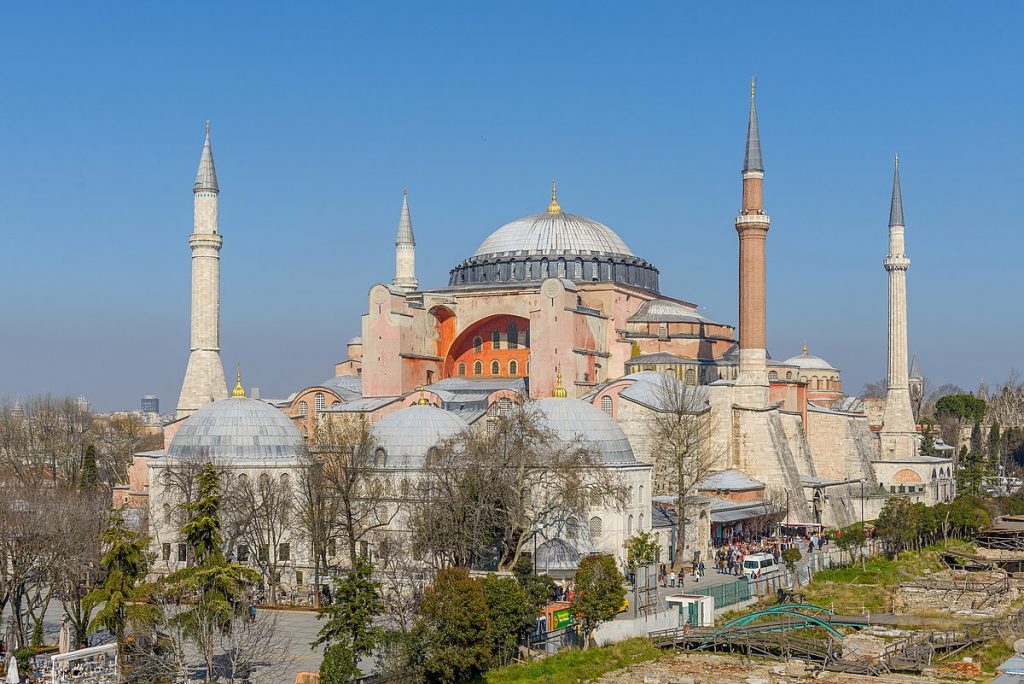
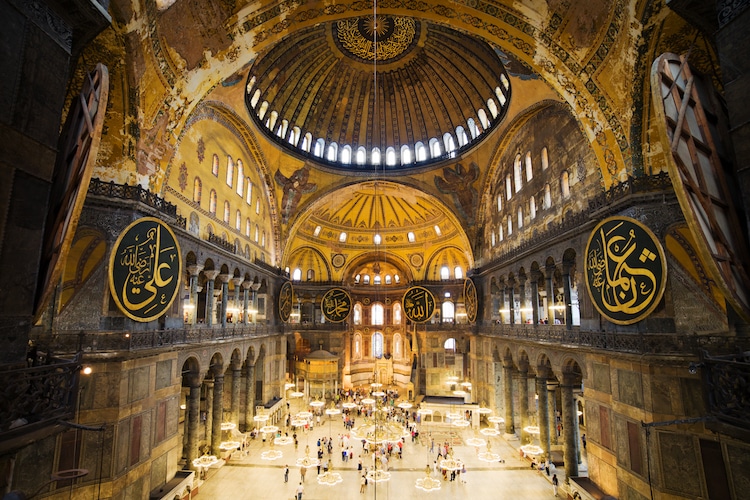
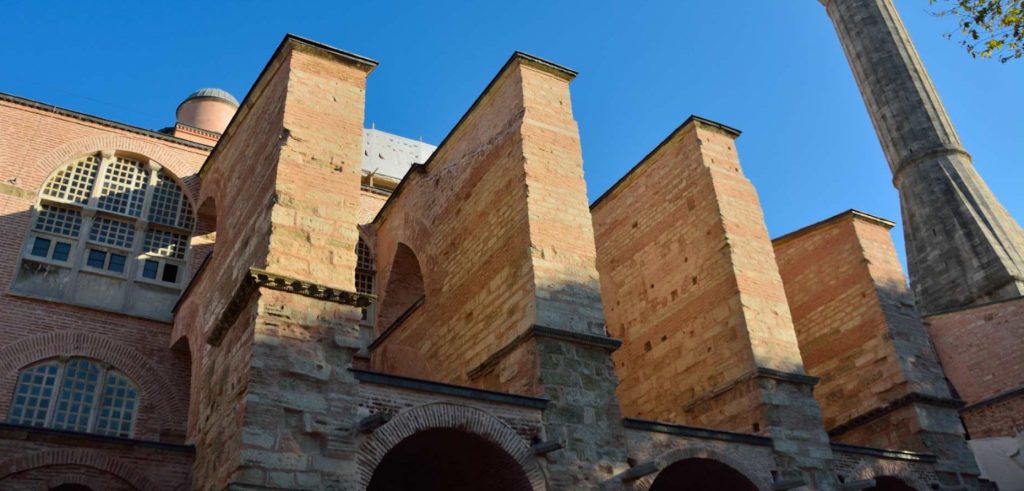
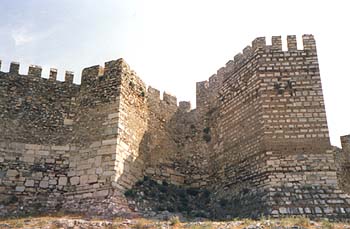
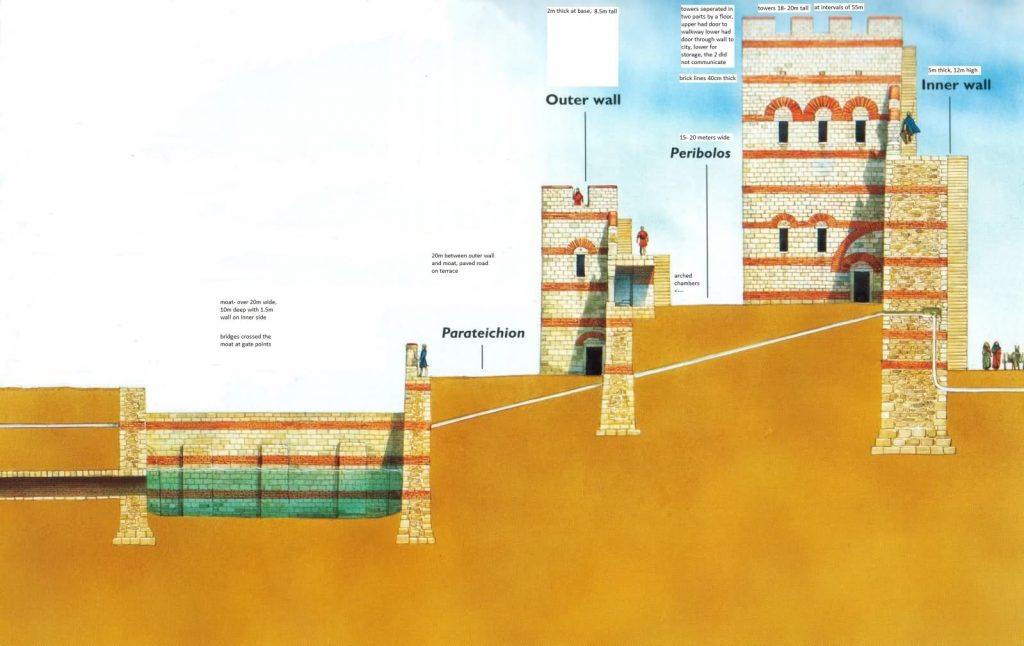
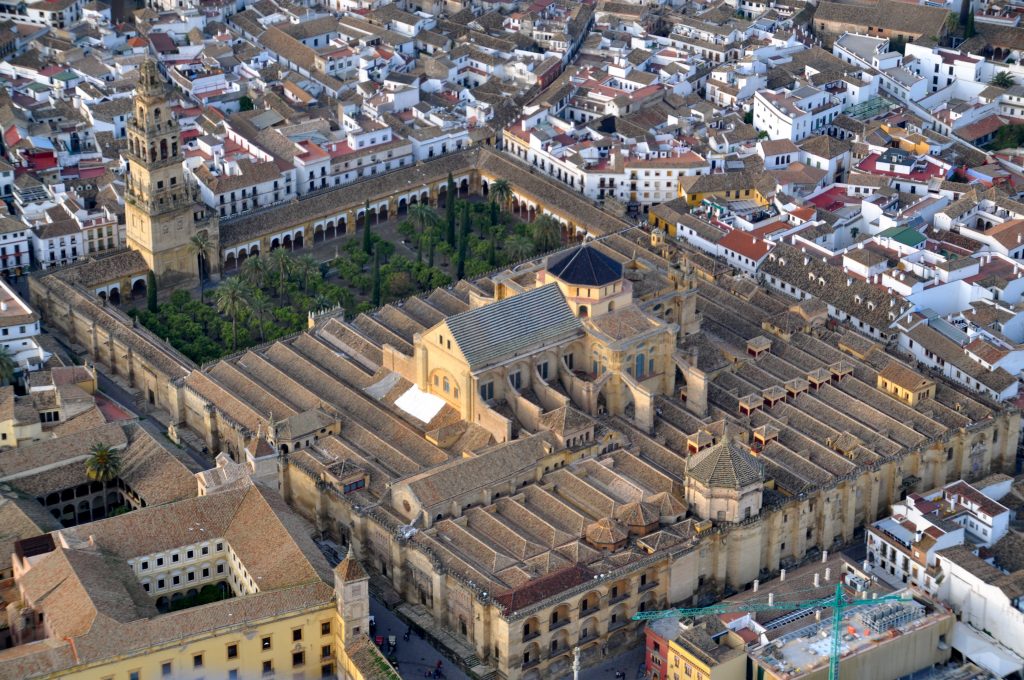
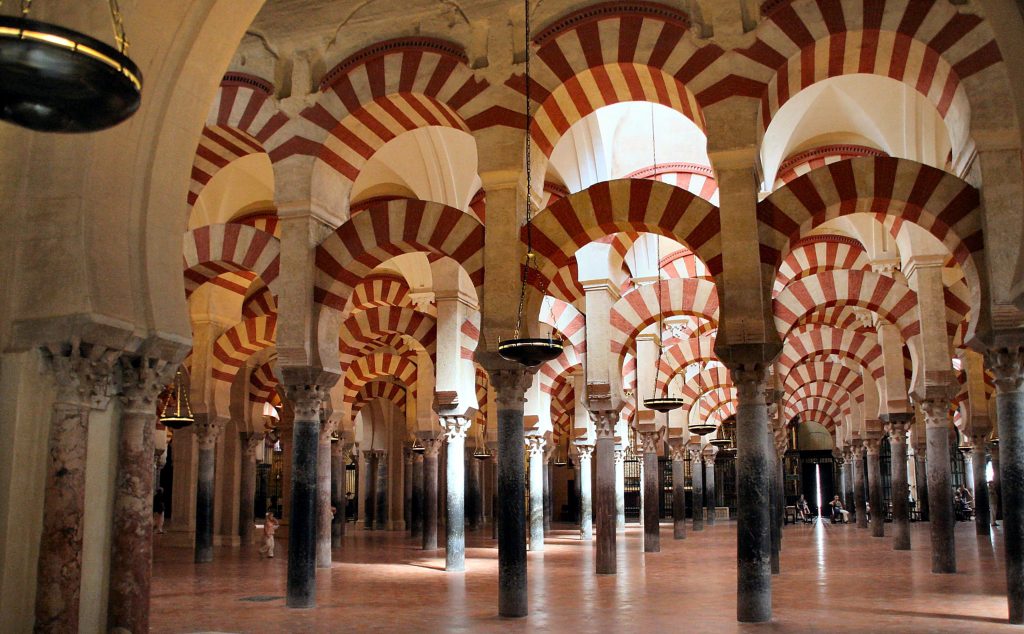
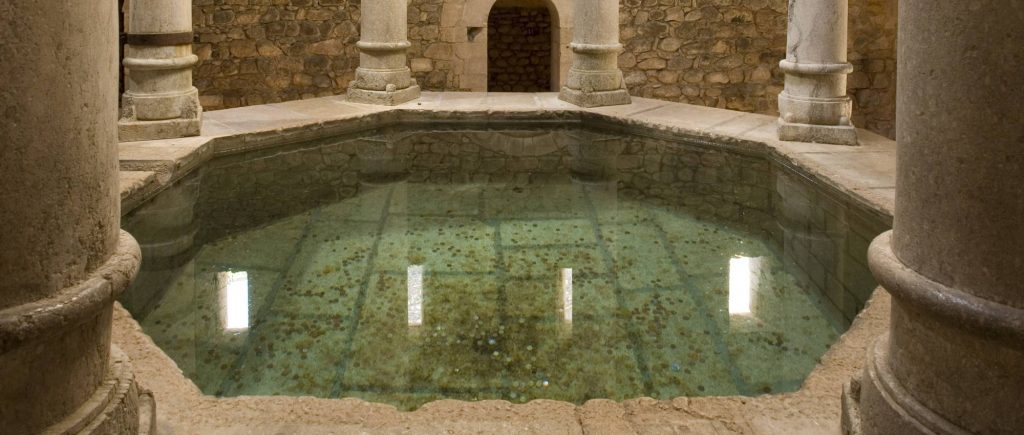
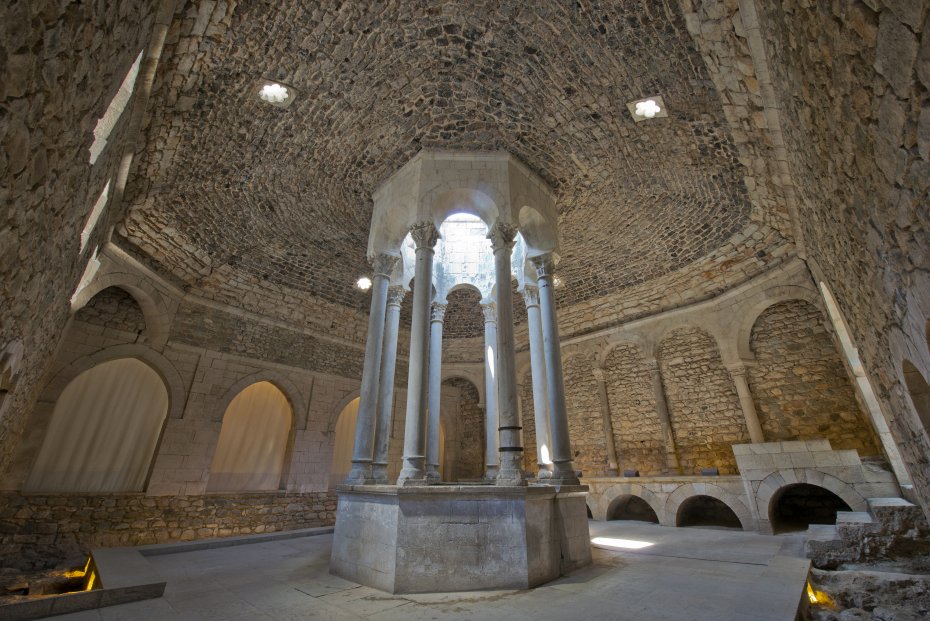
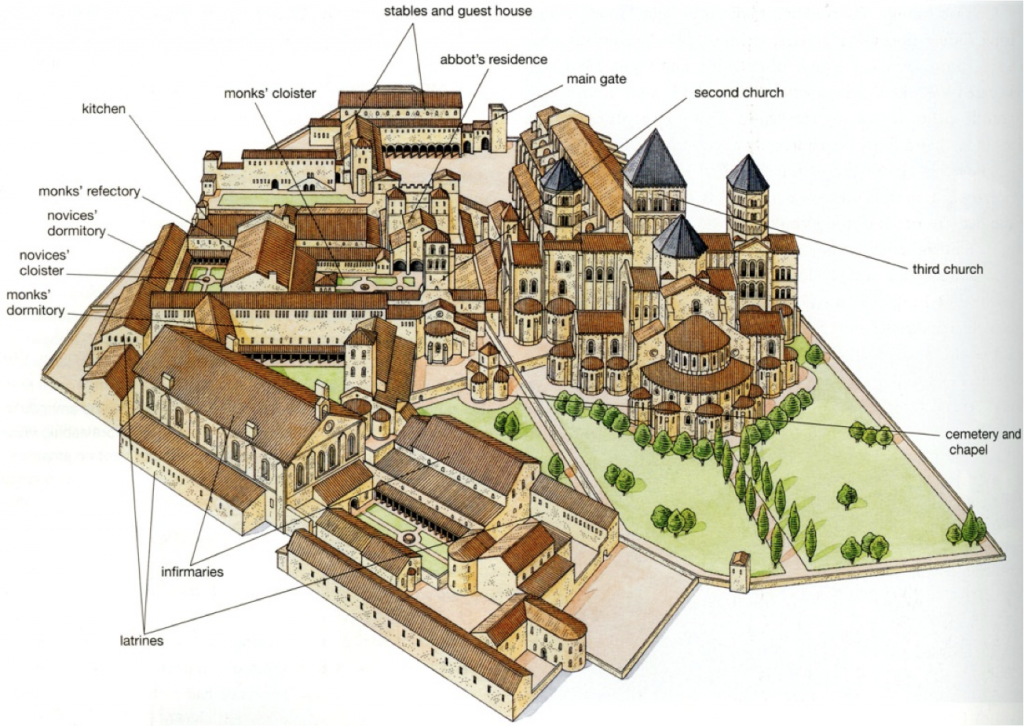
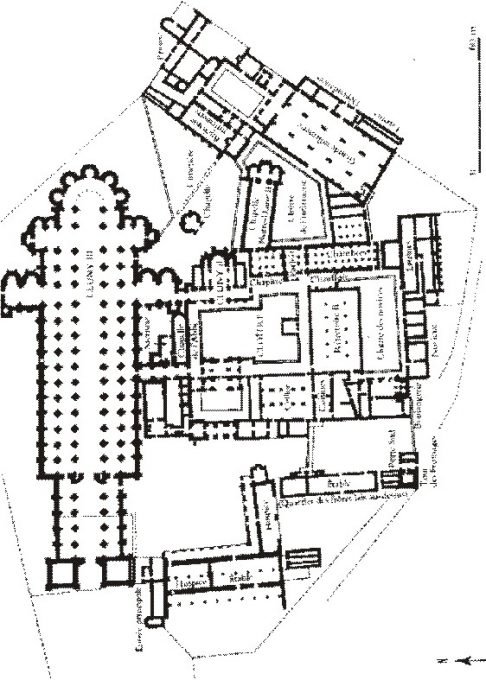
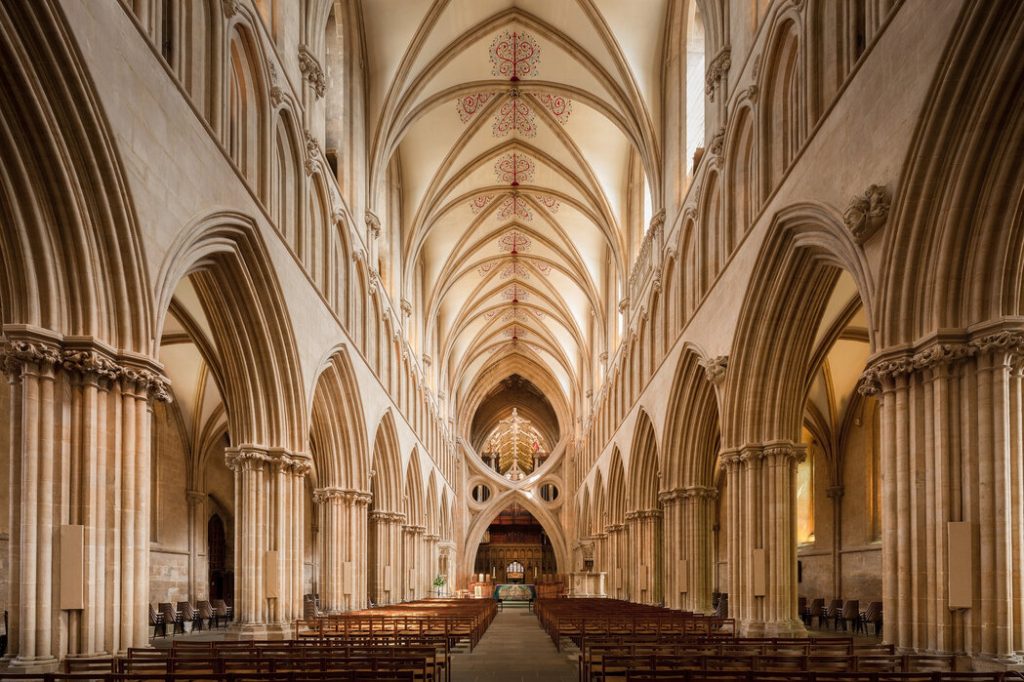
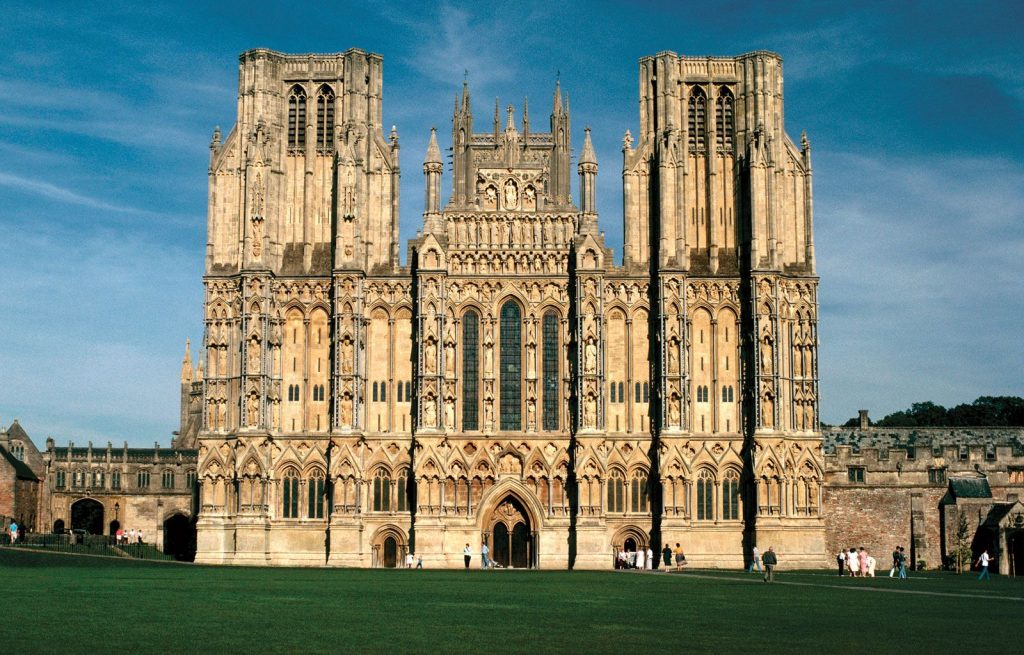
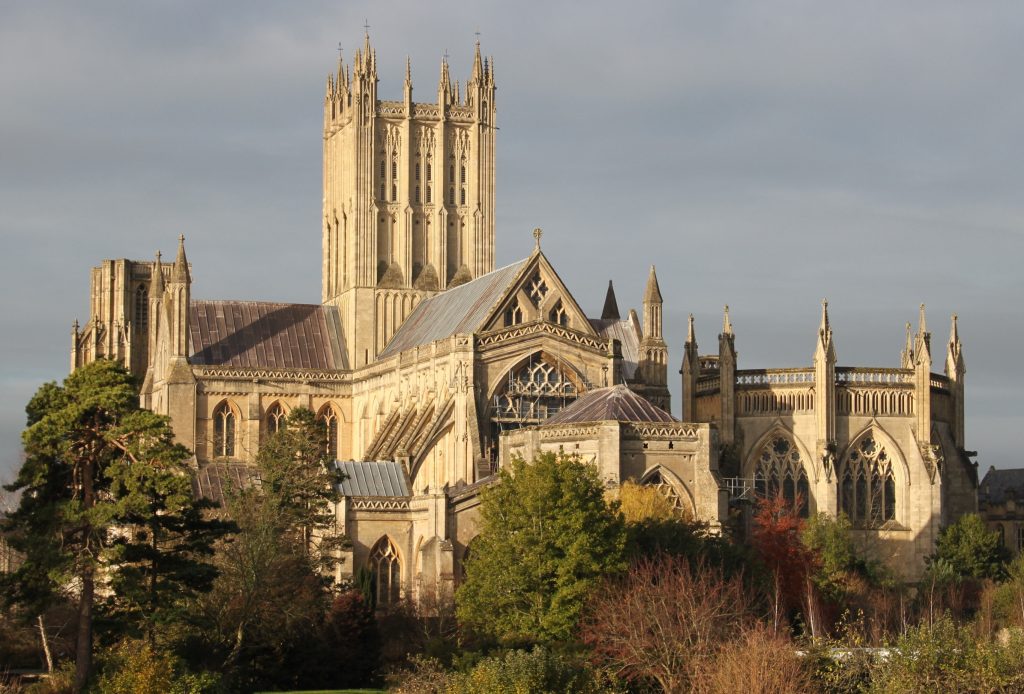
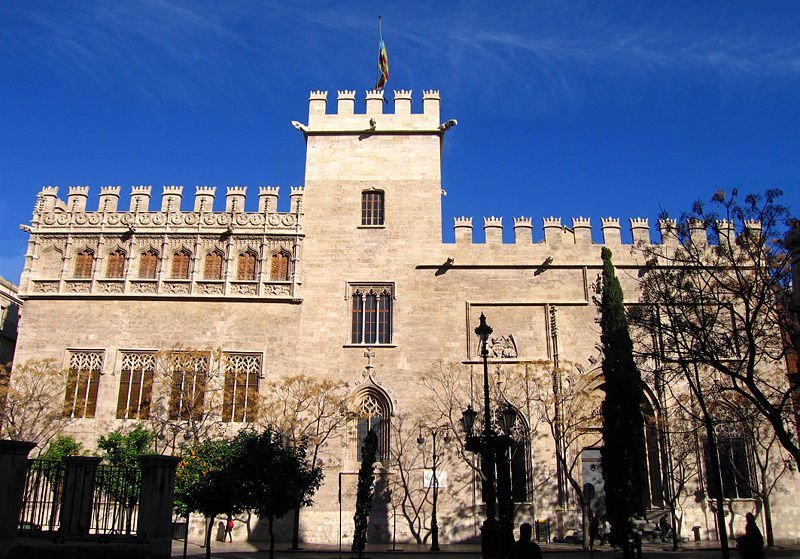
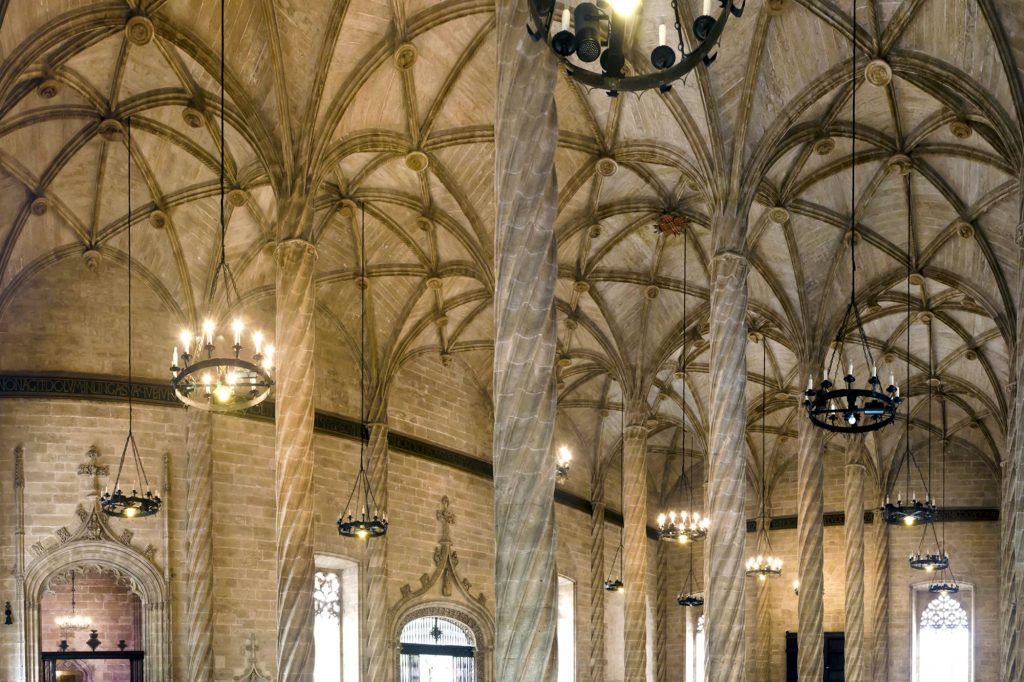
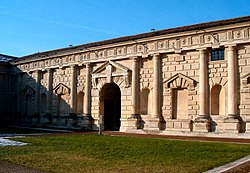
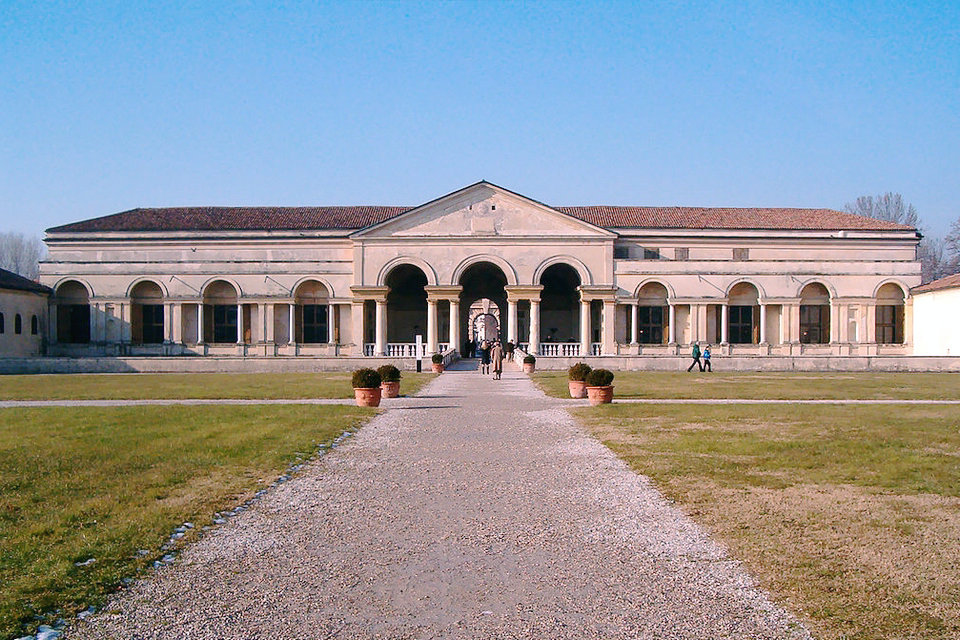
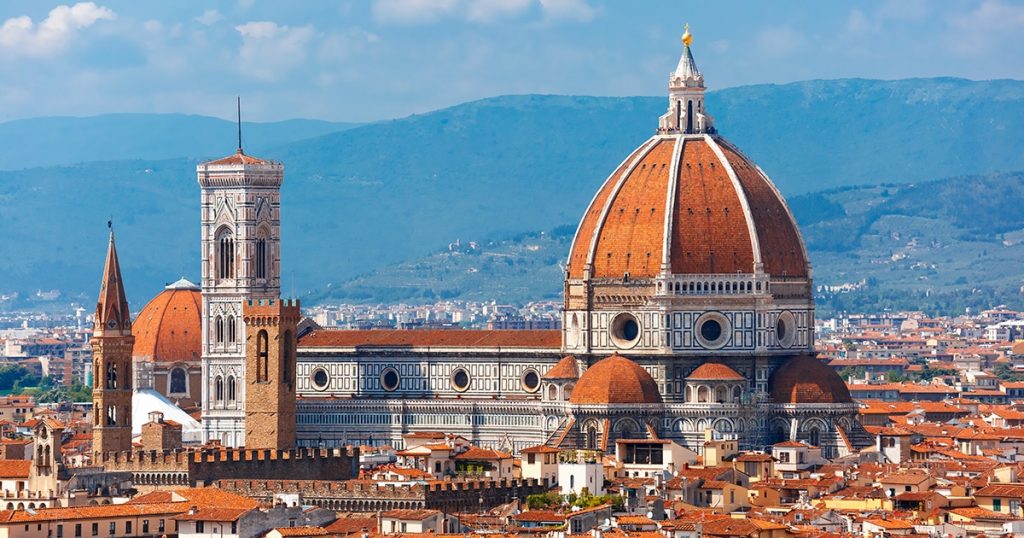
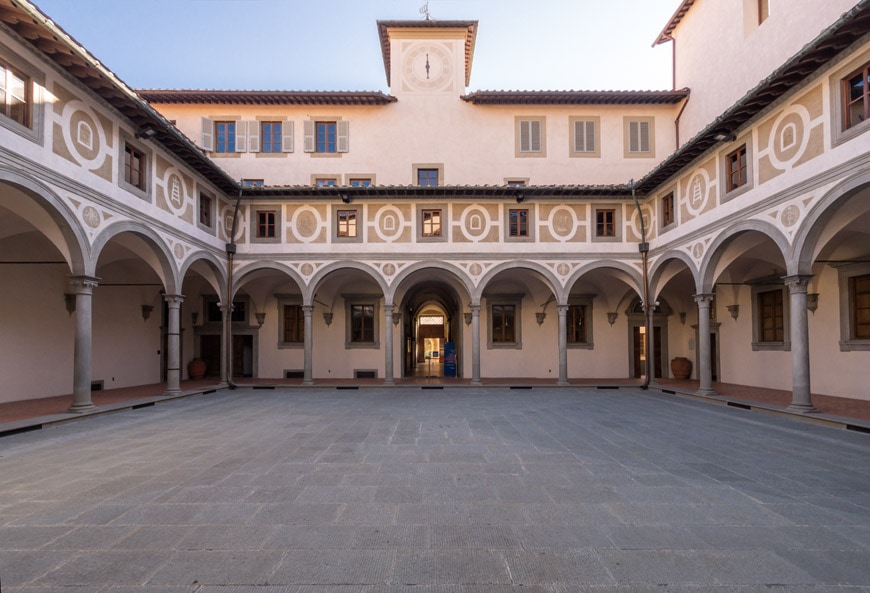
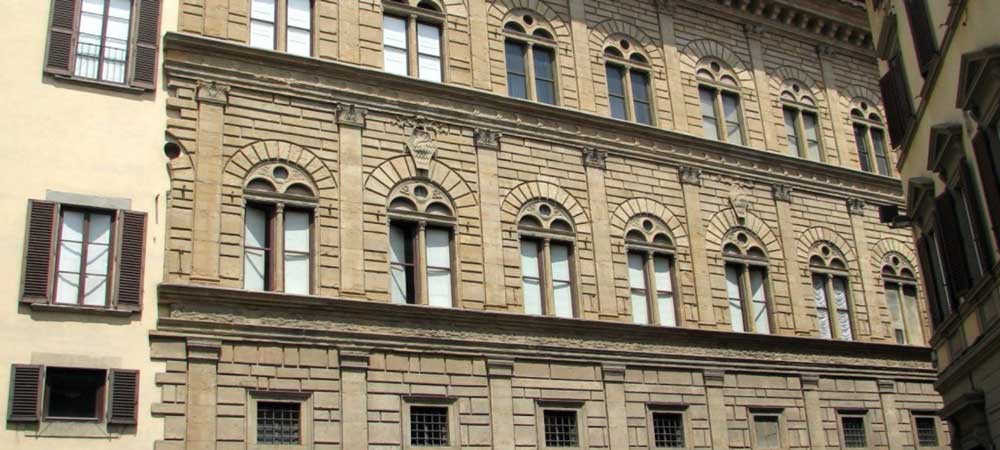
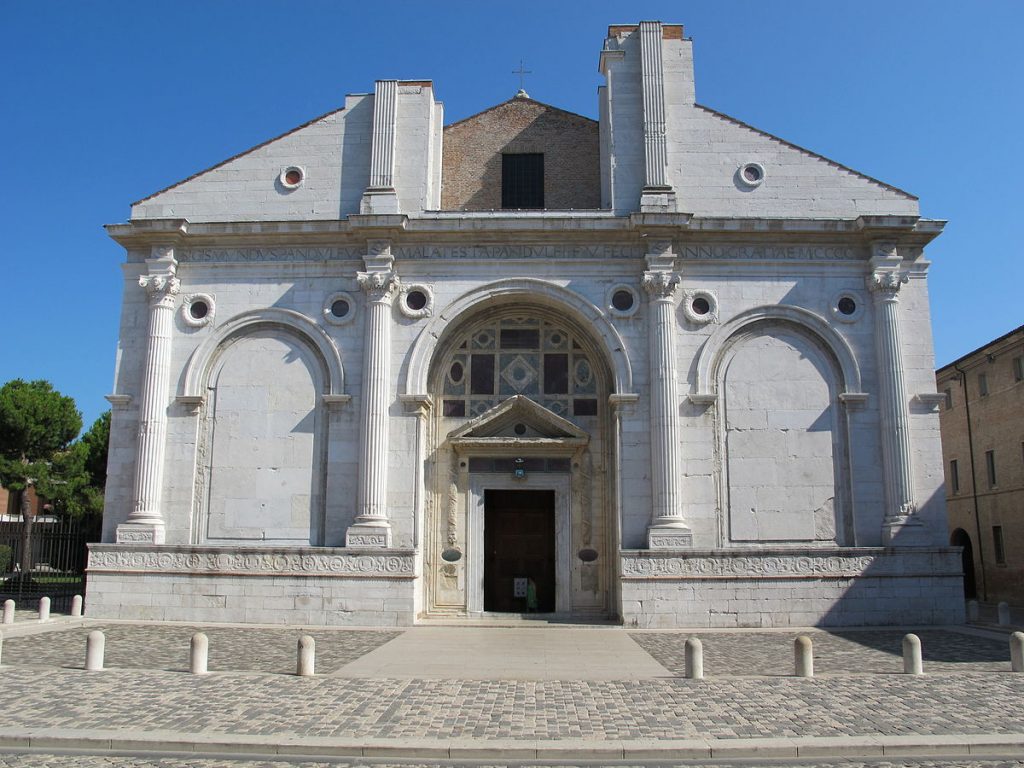
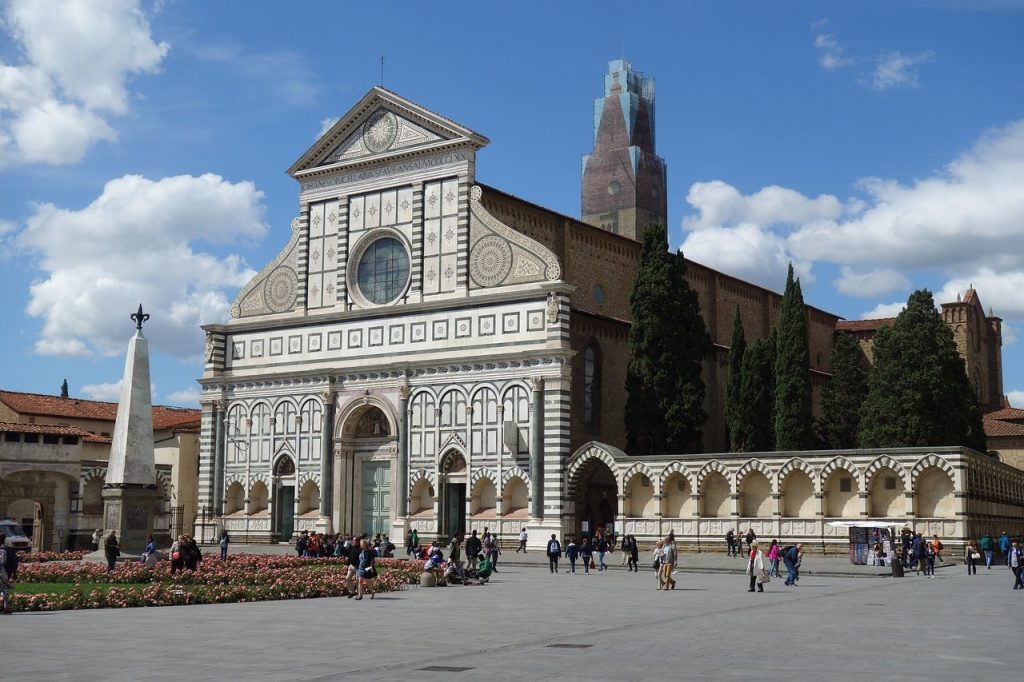
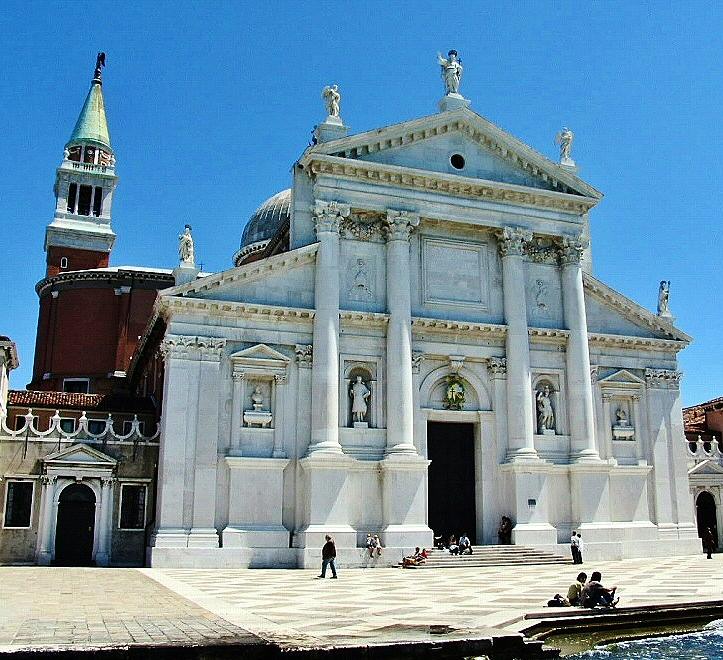
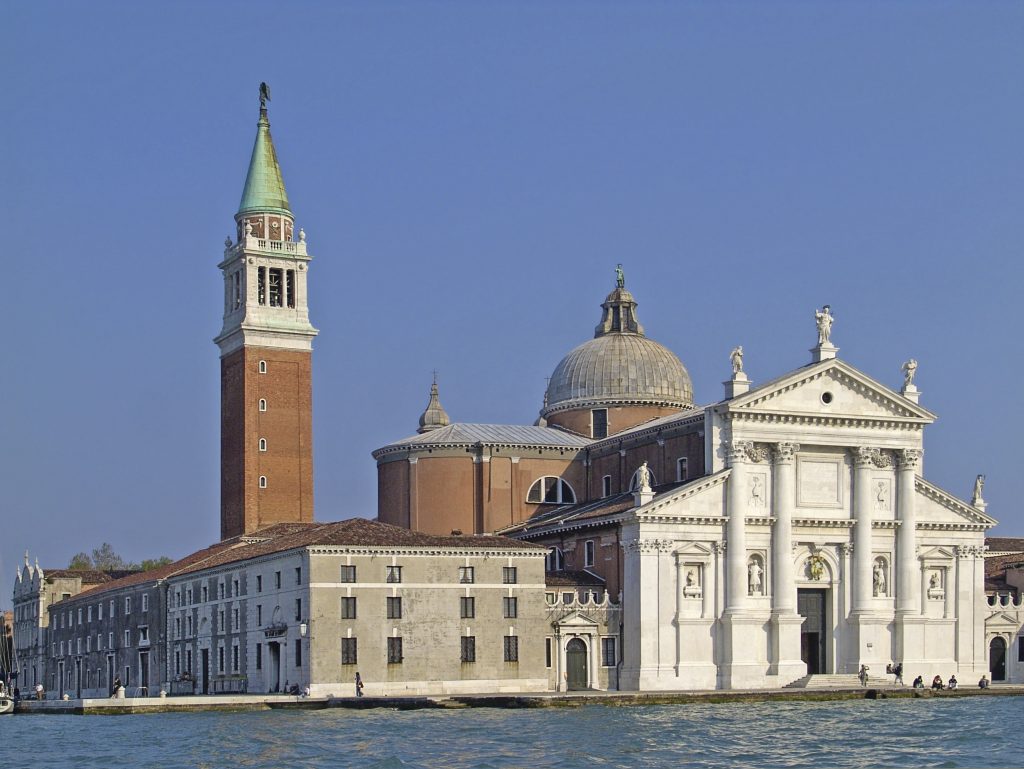
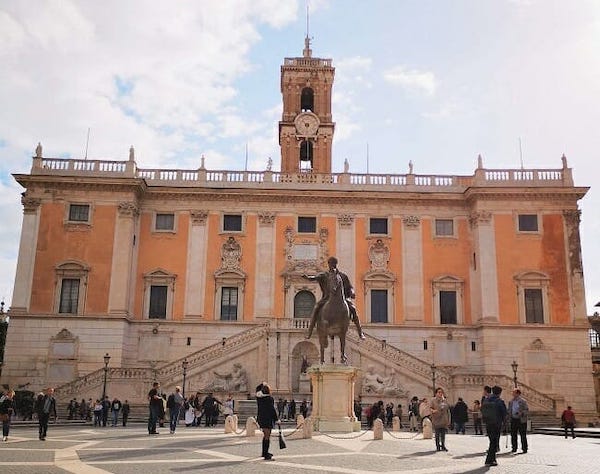
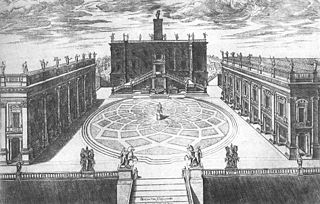
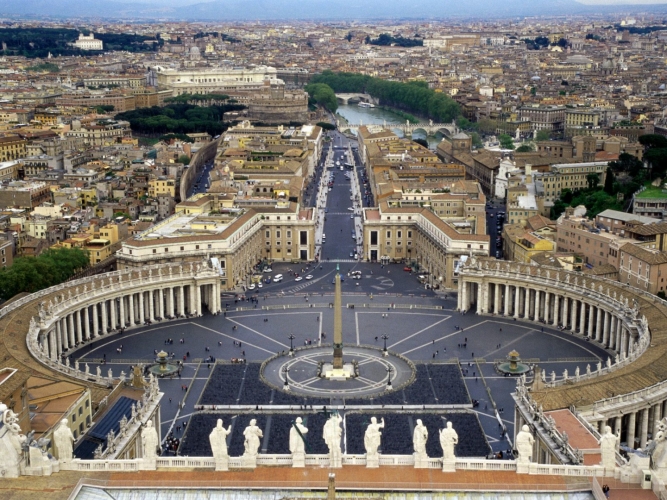

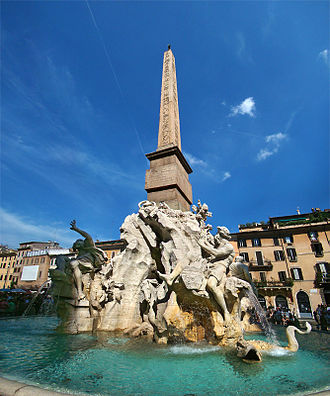
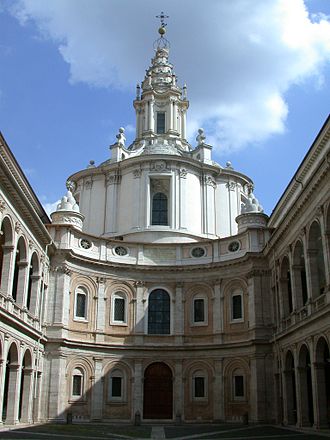
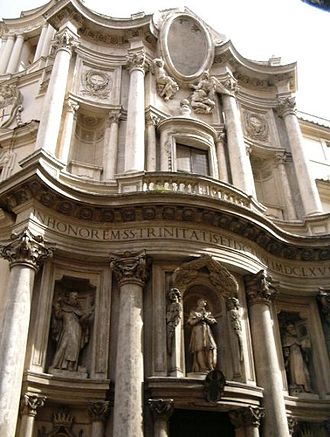
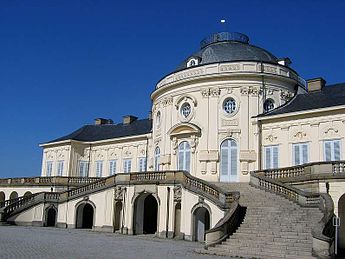
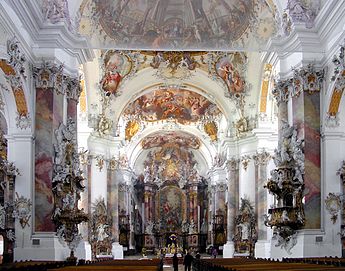
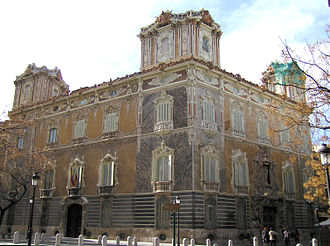
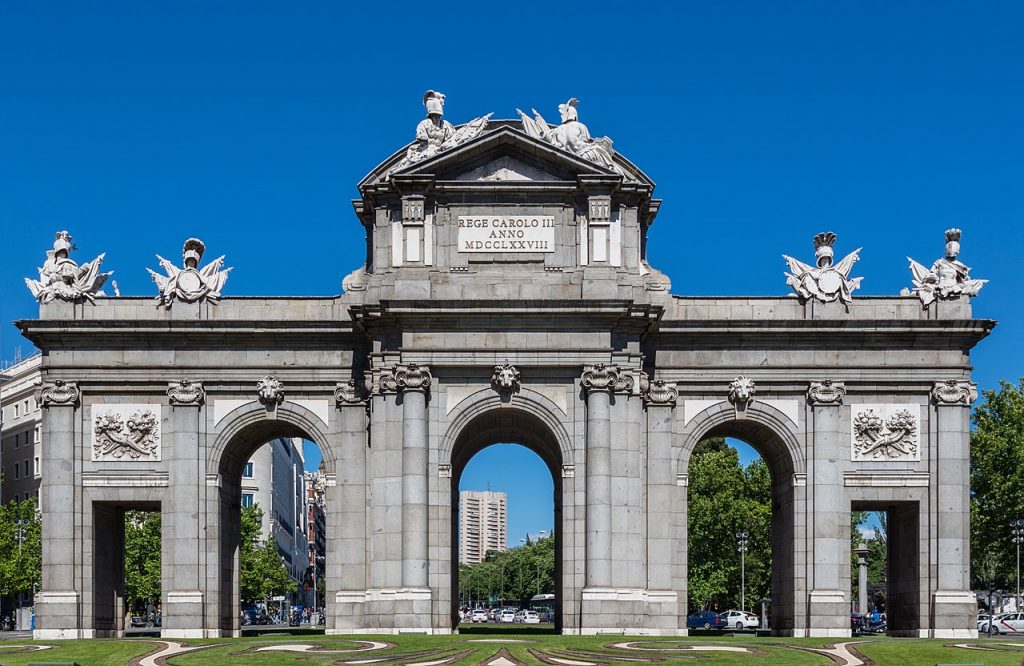
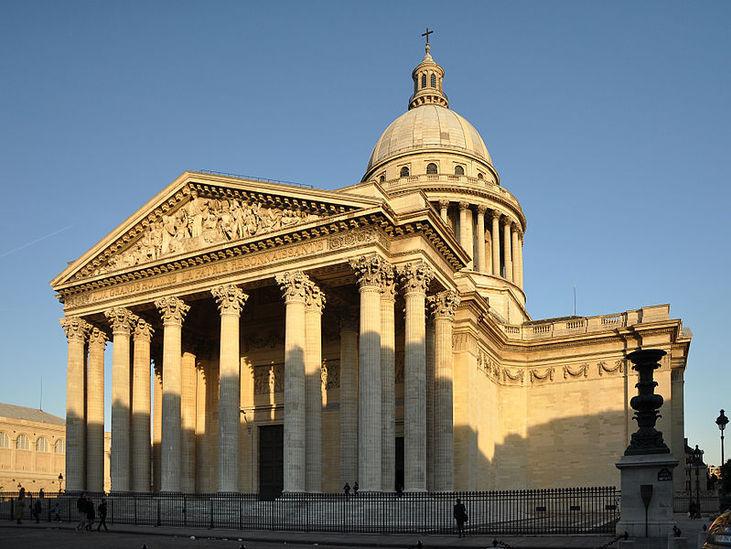
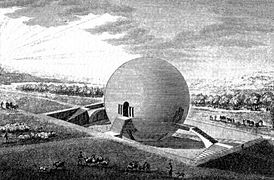
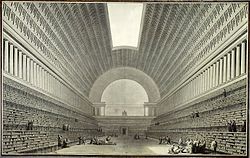
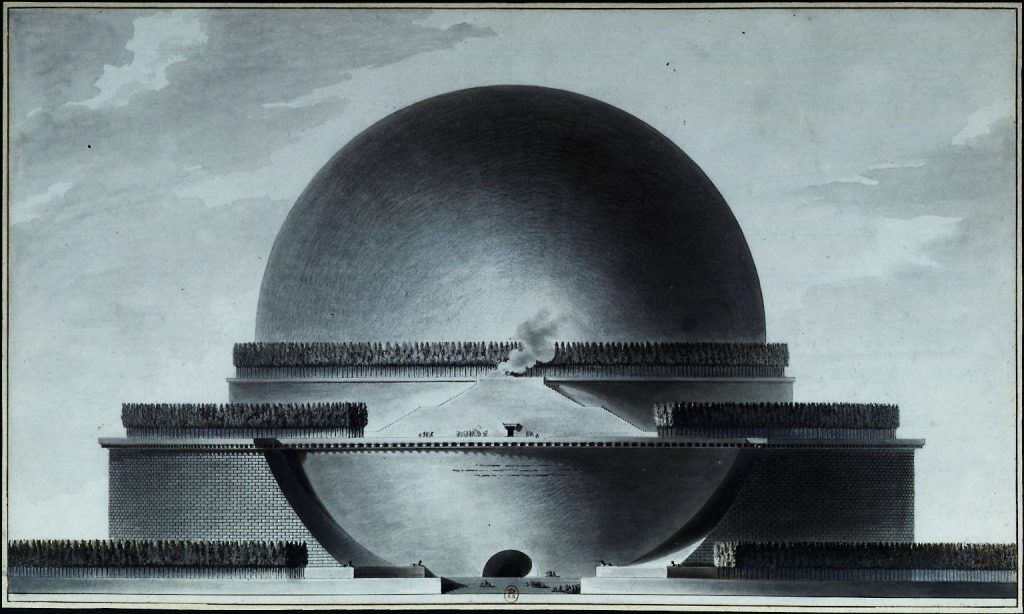
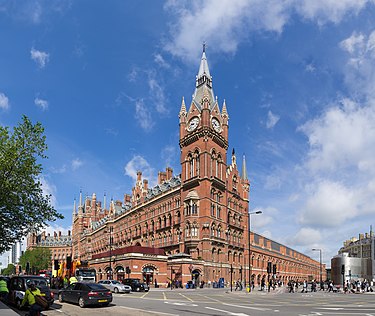
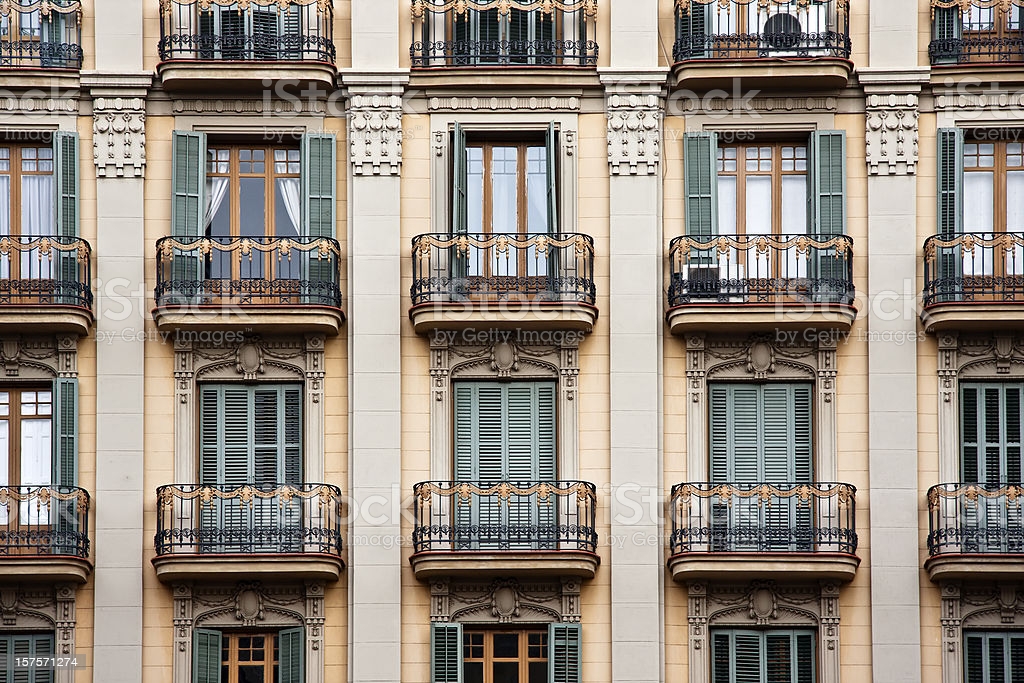
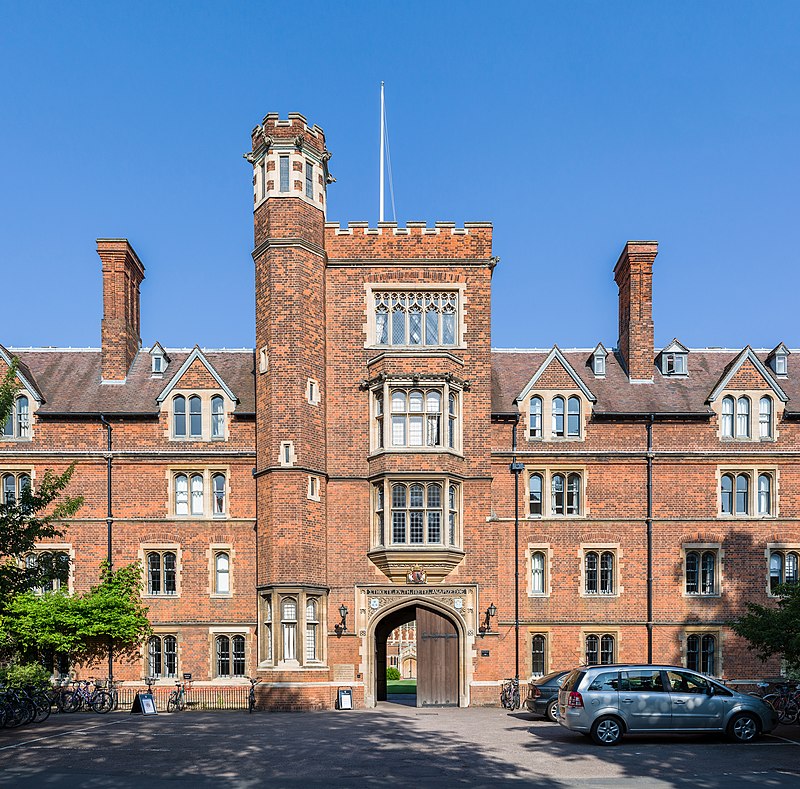
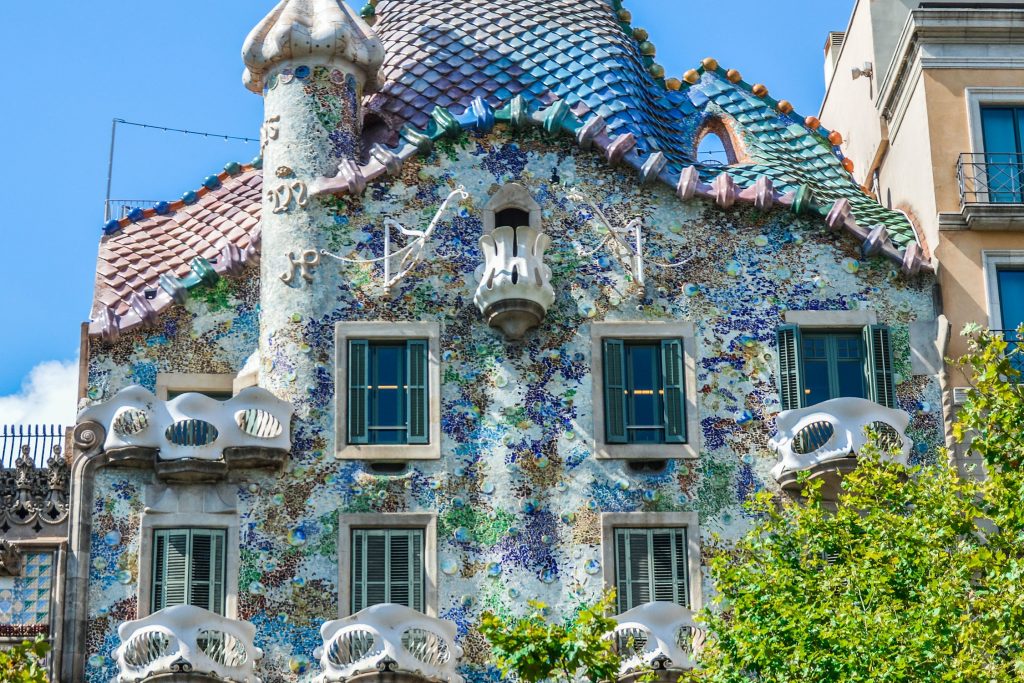
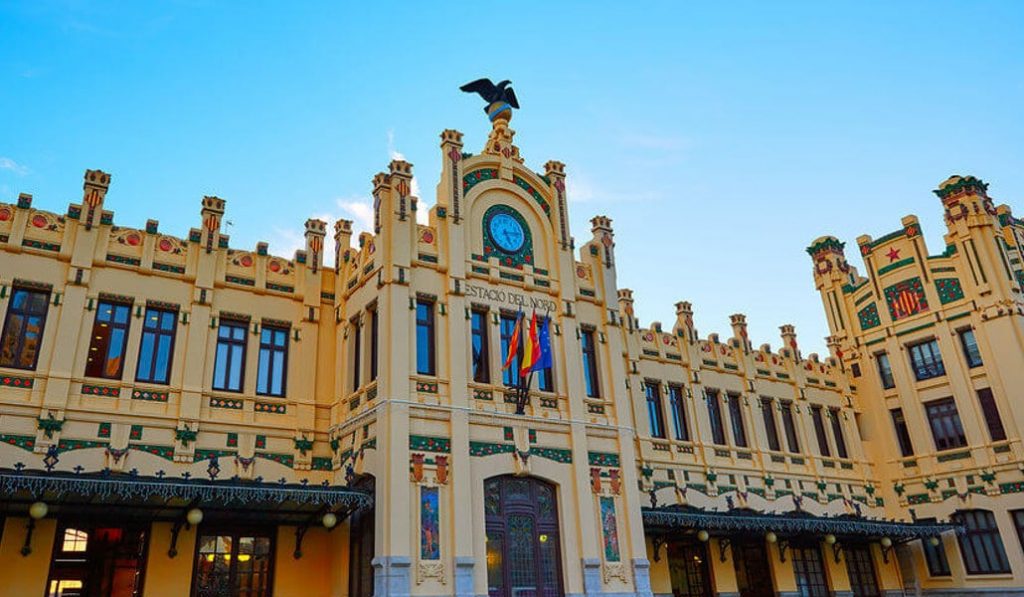
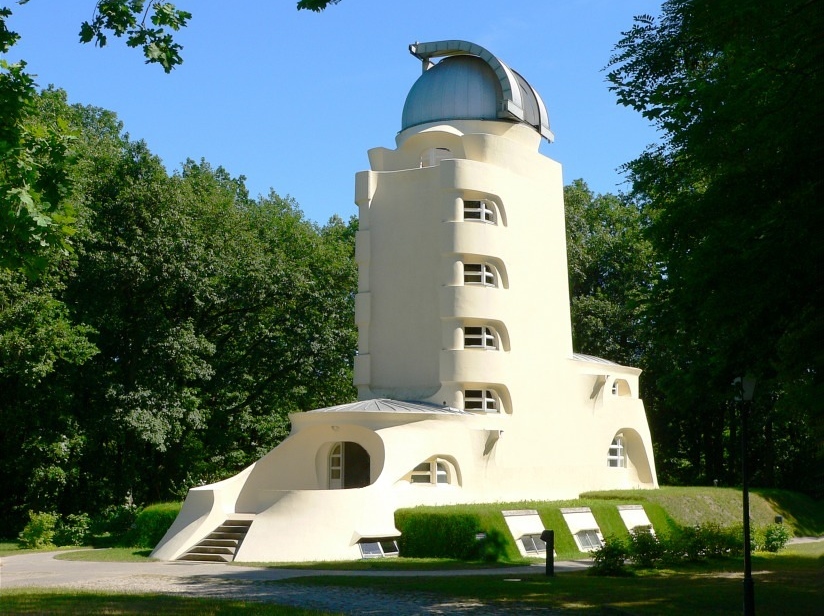
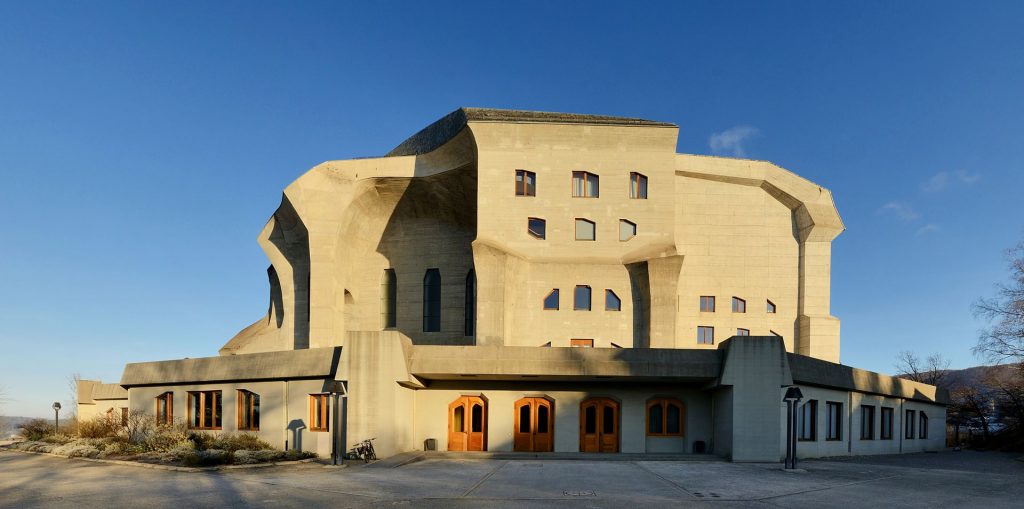
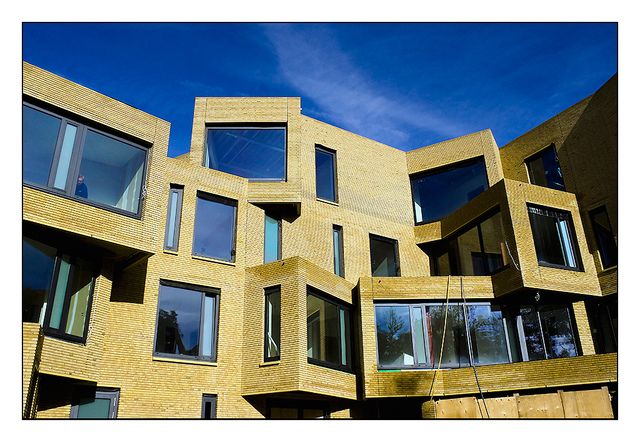
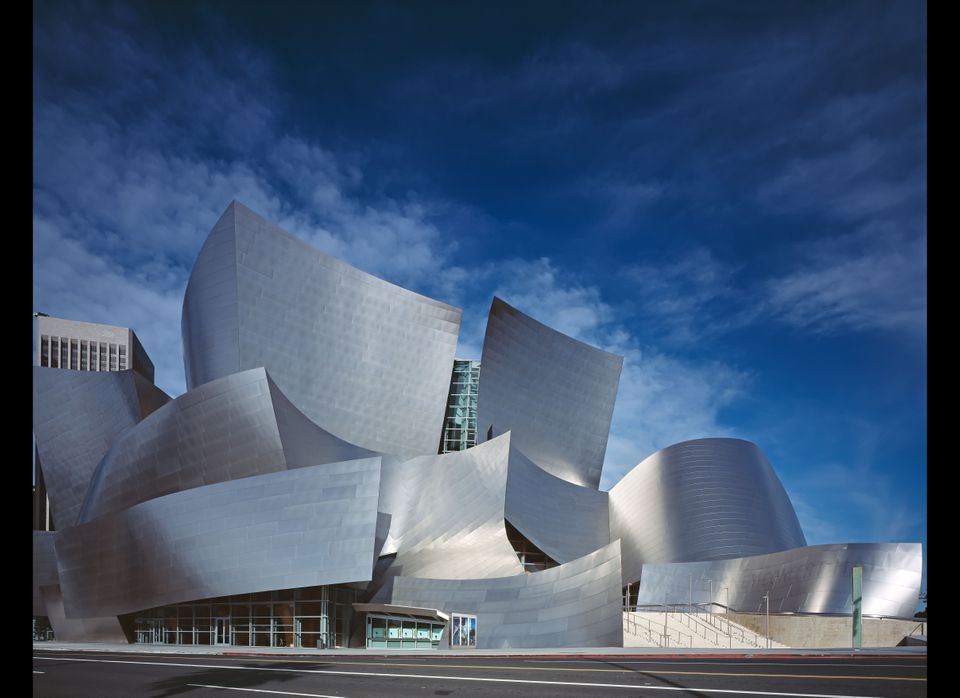
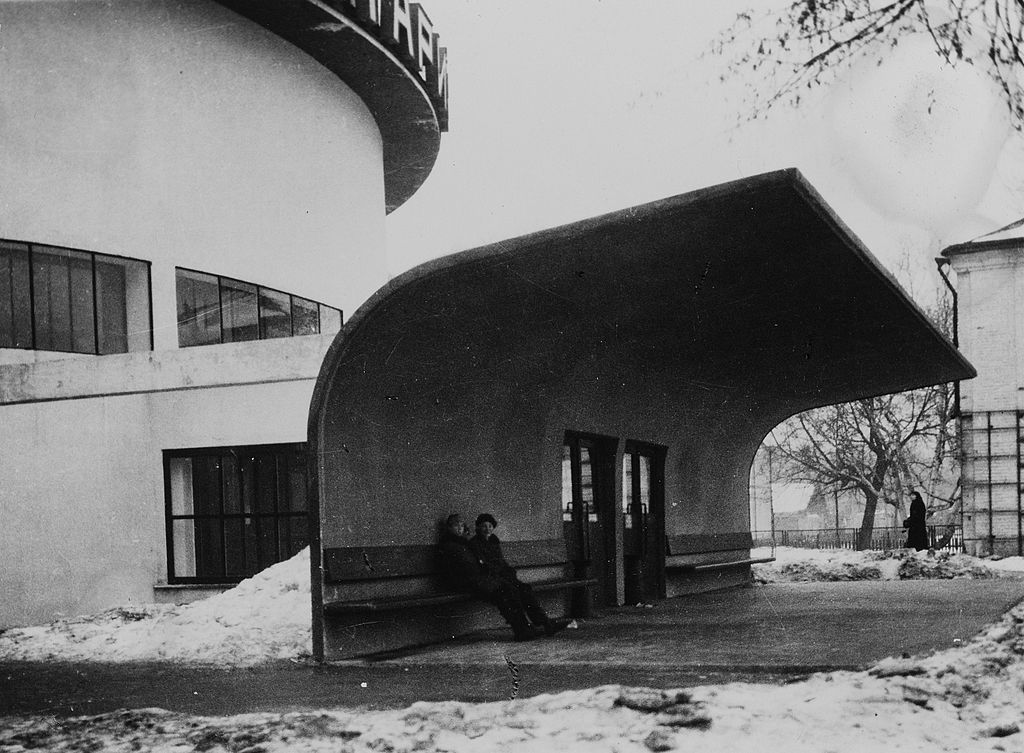
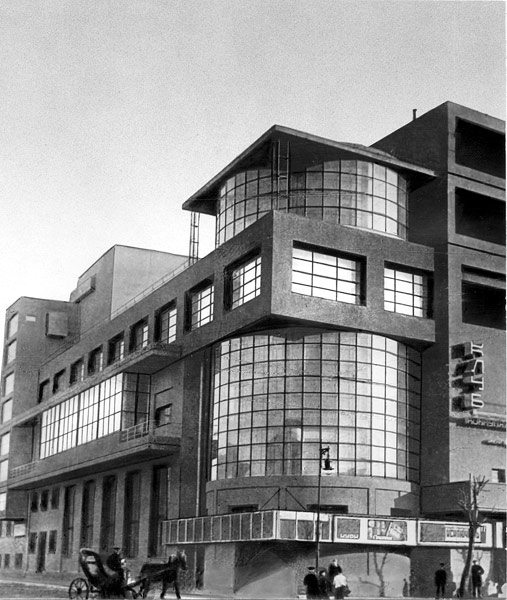
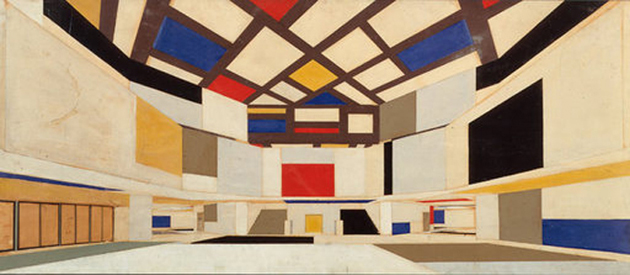
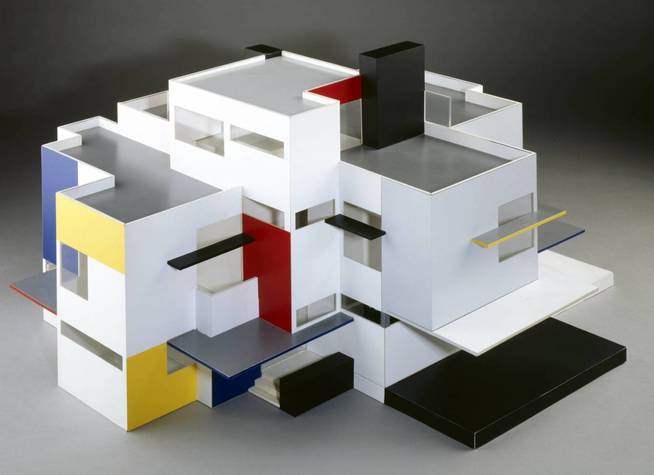
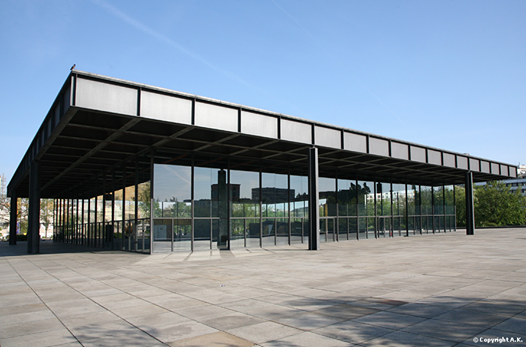
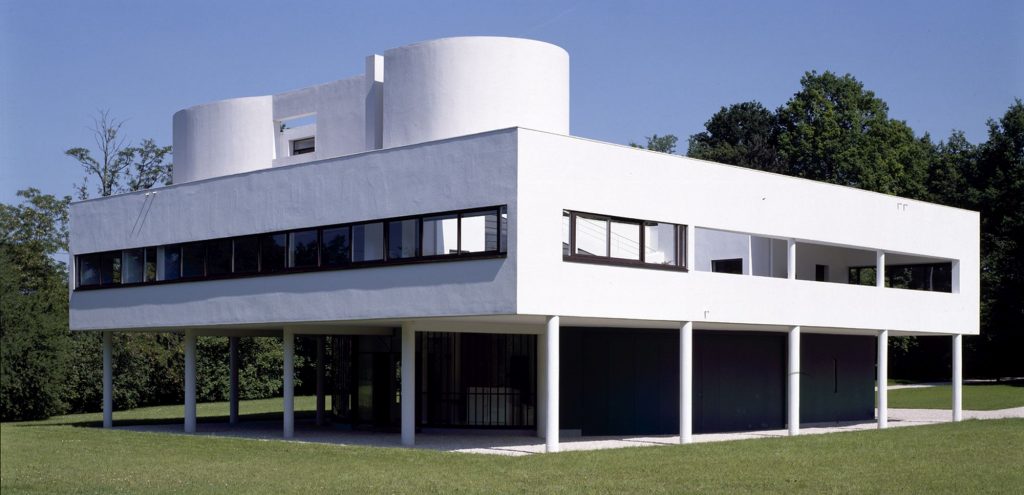
Hola, esto es un comentario. Para empezar a moderar, editar y borrar comentarios, por favor, visita la pantalla de comentarios…